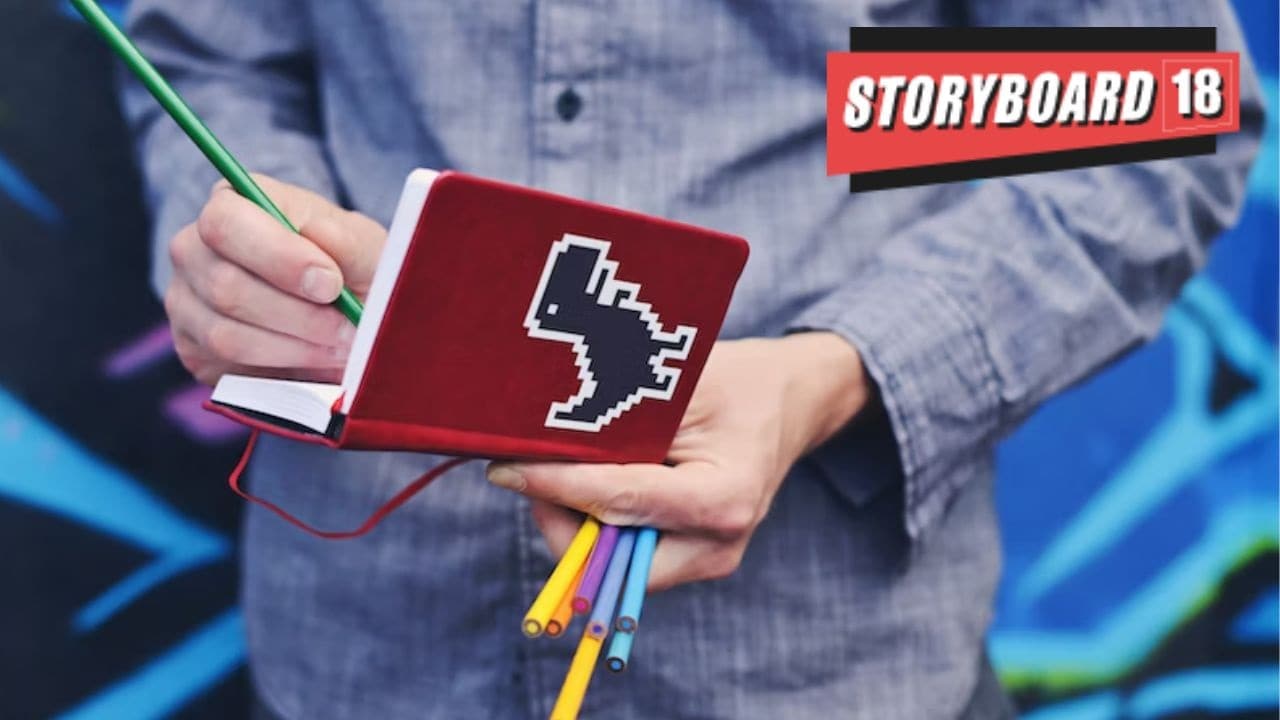Note to readers: Our latest column Marketing Mocktail breaks down and explains the big ideas, new disruptions and old concepts and marketing practices that matter in the modern age.
The creative brief is one of the most integral parts of advertising.
Yet, of late, briefs have become griefs – sterile and unimaginative.
We keep indulging in the over optimism of giving a bland brief and hoping for exciting creative work in return. Garbage-in, garbage-out.
Putting together a good brief is a dying art which needs to be revived.
From logic to magic
A brief is the inflection point in creating advertising and communication.
It’s the point where logic (the strategy) starts turning into magic (the idea).
It’s where planning ends and creativity begins.
Re-energising the brief
Definition of the brief should read, ‘The most insightful, inspiring, and igniting point in the creation of advertising’.
Insightful – Packed with gems and nuggets that bring the strategy to life.
Inspiring – Makes the creative team go ‘Wow!’ and take ownership of the brief.
Igniting – Triggers the creative to buzz with ideas that they can’t wait to get cracking on.
In fact, a good brief is like ‘an ad for creative people’.
What makes a great brief
While most agencies have their own briefing formats, based on their conceptual frameworks and creative philosophies, the basics of a great brief remain the same.
Here are a few key ideas that can help re-energise creative briefs.
Keep it simple and sharp
Don’t try to impress with mumbo-jumbo or jargon. Make it simple.
Rather than saying, ‘Increase TOM (Top-of-mind awareness) and brand salience’, it’s much better to say, ‘Make the brand famous.’
Instead of ‘Enhance width and depth of consumption’, why not ‘Get more people to use more’.
Also, never overload – stay focused, sharp and crisp. A brief should not be more than a page or two (that’s why it is called a brief).
Pull out little nuggets
Don’t dwell on information, instead dive for gems that bring your strategy to life and tell a story. Embed your brief with evocative and powerful nuggets.
When Taj Mahal tea bags were being launched, the nugget in the brief was to position them as ‘The Walkman of Teas’ to encapsulate the mobility, convenience and modernity of the format.
When Dabur honey was being repositioned as a health food from a home remedy, the brief summed up the challenge as moving the brand from ‘the medicine chest to the dining table’.
Bring your target person to life
One of the biggest sacrileges in briefs is the vague and rather generic definition of the target audience. You really can’t get a handle of who you are talking to until you bring that person alive.
This is how a bland brief will define the target audience for Axe deo:
Young men aged 16-25, who are concerned about their appearance and how they attract the opposite sex. They buy deodorants to smell fresh and feel confident. Axe with its masculine fragrance is the perfect choice to be attractive to girls.
Here’s an inspiring definition of the Axe target person:
Imagine Benjamin… he thinks about women a lot. A lot, a lot. But he’s not dreaming of romance, he’s a dirty boy who can’t stop thinking about sex with extraordinarily welcoming women. Yet in the real world, women are a completely different country – it’s somewhere he’s never been, it may be a while before he gets to go there, and you’re guaranteed he won’t be able to speak the language when he does.
Deep down he wishes he could just be himself around girls and that it wasn’t so complicated, that he didn’t have to try so hard. What he wants isn’t deodorant at all, but a secret babe-magnet.
Which one do you think created the ‘Axe Effect’?
Dramatise it
A brief is more than just a piece of paper. It’s a piece of theatre.
Once, a bunch of creative people were packed like sardines into a cramped car and were told they were being taken to the client’s office for a briefing. Midway, they were intercepted by the account supervisor, driving a Maruti van (a move that was engineered).
They were immediately transferred into the more spacious confines of the van and as they sprawled themselves, someone exclaimed, “Guys, this is the brief – travel in space.” How’s that for a powerful demonstration?
Here’s what a leading creative director told me, “I once had an account executive give me a brief with a hole burnt into it. That got me curious. Then I noticed it was for a fiery hot pizza. Right there, she got me.”
It’s time we changed the way we look at briefs, because great advertising is born out of great briefs. It may be a good idea for the industry to introduce an annual award for the best briefs as an incentive to encourage and reward great briefs.
Can we bring the glory back into briefs? Can we have more briefs than griefs?
Yes, we can!
Anand Narasimha is a corporate turned academician with over three decades of experience spanning Brand Marketing, Advertising, Consulting, and Teaching. He writes the column Marketing Mocktail for Storyboard18. Views expressed are personal.
